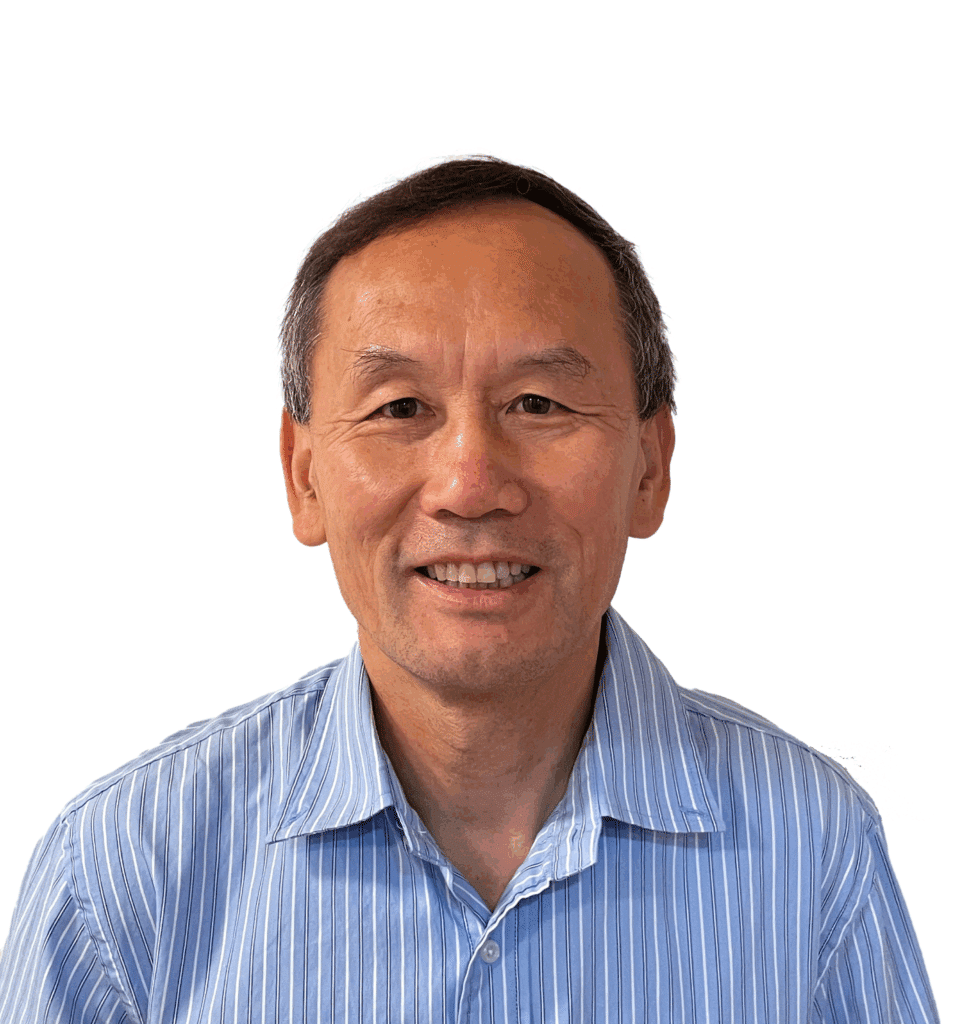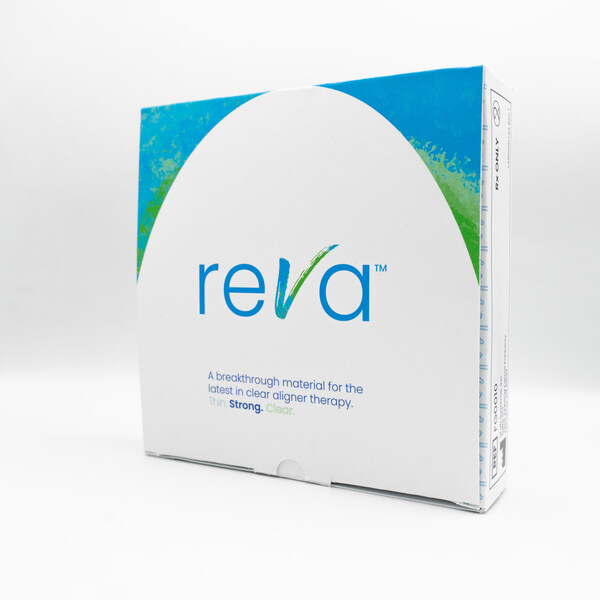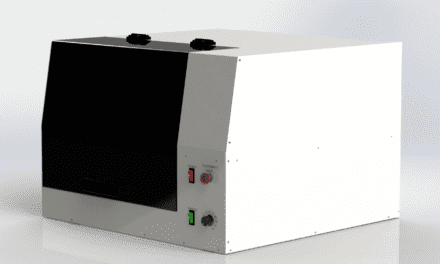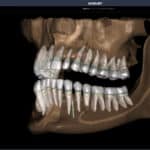Charlie Wen of uLab Systems and orthodontist Dr Jeremy Manuele discuss REVA thermoforming sheets and their role in evolving in-office aligner workflows.
As orthodontists increasingly bring aligner fabrication in-house, manufacturers are responding with products intended to support more flexible workflows. One of the newest entrants to the market is REVA from uLab Systems. According to the company, the thermoforming sheet designed for clear aligner production is thinner than other materials and was developed to support sustained force retention and improved interproximal fit. It is currently available through uLab’s e-commerce platform and can be used with common thermoforming machines.
To explore the company’s goals for REVA and where it fits into the broader shift toward in-office appliance production, Orthodontic Products spoke with Charlie Wen, president and chief technology officer at uLab Systems. We also spoke with Jeremy Manuele, DMD, an orthodontist in private practice who has adopted REVA in his 3D printing workflow, to understand how the material performs in clinical use.

Orthodontic Products: What led to the development and release of REVA thermoforming sheets, and how do they fit into uLab’s broader strategy for supporting in-office aligner production?
Charlie Wen: Recognizing the need for a high-quality material with enhanced force retention, uLab Systems embarked on an intensive R&D journey, underscoring our commitment to innovation. Our goal was to create a thinner material, believing it would offer greater comfort for patients and better results by closely hugging the curvature of the tooth. After identifying and rigorously testing a promising candidate, we achieved remarkable success in meeting our goals. The resulting aligner sheets, now known as Reva, offer superior strength, improved clarity, stain resistance, and indeed a thinner profile.
Due to its unique material properties, we introduced a Reva attachment protocol, with smaller and fewer attachments.
After transitioning to Reva for templates, aligners, and retainers in uLab’s Smart Factory in Memphis, uLab commercialized the sheets, empowering orthodontists to control their workflow. They can print some aligners in-house and order the rest of the treatment with no change in material, or they can choose to produce or order all aligners as needed. This flexibility allows orthodontists to mix and match their workflow, while ensuring a consistent experience for the patient.
OP: For orthodontists already operating their own 3D printing labs, what advantages does REVA offer compared to other thermoforming materials on the market?
Wen: Reva stands out as the thinnest and most retentive material available on the market, offering numerous advantages for orthodontists managing their own 3D printing labs.
- Convenient Storage: Reva’s composition is less hydrophilic than other plastics on the market. According to their IFU’s, other plastics must be sealed within 15 minutes of opening the package, even less in humid environments. While Reva should be stored in its original packaging, it can be handled in the office as needed throughout the day.
- Ease of In-office Manufacturing: Reva heats and cools quickly, is easy to cut, and requires minimal polishing. It is compatible with popular thermoforming machines such as the Biostar, MiniStar, and the Drufomat.
Meanwhile, clinical benefits include:
- Enhanced Treatment Tracking: With superior long-term force retention, Reva ensures sustained force on the teeth. Orthodontists in pre-market studies observed that even challenging movements tracked well with their Reva patients.
- Optimal Interproximal Fit: The slimmer design of Reva facilitates a tight interproximal fit to the tooth surface under wet conditions.
- Reduced Attachments: Clinical investigators were able to use smaller, more rounded, or even fewer attachments to achieve the same movements compared to other aligner materials. Optimized attachments for the Reva material are available in the uDesign planning software.
- Minimized Occlusal Interference: Reva material is 17% thinner than the leading brand, and 34% thinner at the occlusal surface when two trays are worn. The thinner profile resulted in high patient satisfaction especially when transitioning from another material to Reva during treatment.
- Superior Clarity: Studies show that Reva offers superior clarity and stain resistance compared to leading brands.

OP: How does the availability of REVA align with the trends you’re seeing in how orthodontic practices are managing aligner fabrication in-house?
Wen: To differentiate their practices, orthodontists often showcase a side-by-side comparison of aligner products—their in-house appliances versus leading brands. Demonstrating a thinner, stronger material with excellent clarity reinforces the perception that their in-house product is very high quality when compared to the leading commercially available aligners.
OP: What technical specifications or performance features were prioritized during the development of REVA, and how do those choices impact clinical workflows?
Wen: Our research and development efforts focused on prioritizing sustained force but with a thinner profile. We developed a proprietary method to test Reva under mouth-like conditions for several weeks. We are confident that it retains its force even after prolonged wear, which is crucial for precise tooth movement. Aligner plastic, by its very nature, requires force to move the teeth. Extending the duration of that force beyond the industry standard enhances treatment tracking. When teeth align with the treatment plan, clinical workflows are significantly improved, and refinements may be reduced or avoided.
OP: With uLab providing both software and now materials for aligner fabrication, how do you see the role of the orthodontist evolving in terms of case control and production flexibility?
Wen: uLab was founded on the principle that orthodontists should have control over their treatment plans and aligner production. By offering a wider range of materials and workflows, we honor their expertise and provide them with the flexibility they deserve. This approach represents a significant advancement in aligner treatment, allowing orthodontists to have the same level of control over aligner treatments as they do with fixed appliances.
OP: Is the release of REVA an indication of more materials or lab-support products to come from uLab, and how do you see this segment of the orthodontic market developing over the next few years?
Wen: Yes! While we are a well-established company in the aligner market, we maintain an innovative spirit and have several product advancements in the pipeline. By early September, we are moving our popular treatment planning software tools to the uDesign Cloud so they can be used by any Mac or PC user with internet access. We are dedicated to simplifying the workflow for doctors who seek flexibility in design, material, and fabrication. Offering a range of options to the market is the core motivation behind our platform.Additionally, for in-office printers, we recently introduced Indirect Bonding (IDB) as part of the uDesign treatment planning platform. This feature allows orthodontists to design and print their IDB trays in-office, eliminating the weeks-long delay associated with ordering from a manufacturer. An orthodontist can scan and deliver brackets the same day, without the need for a lengthy direct bonding appointment. With uLab now providing greater control over treatment planning and workflow timing, even in the fixed appliance market, our platform offers unique flexibility in enabling a fully digital workflow for offices. While going fully digital has been an elusive goal for many orthodontists, our platform aims to make this transition possible for more offices, bringing efficiency without sacrificing choice.
While Wen discusses the development of REVA and its role within uLab’s platform strategy, Manuele, who is a partner at Hamilton & Manuele Orthodontics in Las Vegas and serves as part-time faculty at UNLV School of Dental Medicine, offers insight into how the material functions in a private practice setting. His comments focus on patient feedback, clinical tracking, and the operational consistency REVA has brought to his in-office and outsourced aligner cases.

OP: What prompted you to start using REVA in your practice, and how does it compare to other thermoforming materials you’ve used for in-office aligner production?
Jeremy Manuele, DMD: I first started using REVA when uLab introduced it, and I was immediately intrigued by its design. It’s noticeably thinner than most other materials, yet it delivers really favorable force qualities. What impressed me most is that, despite being thinner, it actually grips and moves teeth with greater precision. That combination has elevated my clear aligner workflow and helped me achieve more predictable results.
OP: Have you noticed any differences in clinical tracking or treatment progress when using REVA for aligners versus previous materials?
Manuele: Absolutely. The fit of these aligners is much more precise—likely due to the thinner profile. That precision translates into more reliable tracking throughout treatment. Patients also recognize the difference; they can more easily tell if something isn’t seated correctly, which makes compliance and seating much more straightforward.
OP: REVA is described as thinner than other materials. Has this had any measurable effect on patient comfort, attachment design, or overall treatment response in your experience?
Manuele: Yes—patient comfort has been a noticeable improvement. Because the material is thinner, patients adapt to aligners more quickly and we hear fewer complaints in those first critical days. From my perspective, thinner really does mean better when it comes to patient comfort, without sacrificing effectiveness.
OP: What kind of impact, if any, has REVA had on your in-office production workflow—such as trimming, polishing, forming trays, or even storage?
Manuele: From a workflow standpoint, REVA has been seamless. It thermoforms, trims, and polishes like other materials we’ve used, but with the added benefit of being thinner and clearer. That added clarity makes the aligners more aesthetic, which patients really appreciate, without creating extra work for our team.
OP: How has the ability to use REVA for both in-house and outsourced aligner production affected your approach to treatment planning or case management?
Manuele: This has been a big advantage. Not all aligner materials behave the same, and switching between them within a case can create challenges. With REVA, I can produce aligners in-house or outsource them and still get the exact same material. That consistency has streamlined our workflow and eliminated the friction that can come from mixing plastics.
OP: For orthodontists considering the move to in-house aligner fabrication, where do you see REVA fitting into that decision, and what advice would you offer based on your own experience?
Manuele: I think REVA is the perfect material for getting started with in-house aligners. It sets doctors up for success early, while also giving them room to grow. The ability to continue using the same material for outsourced, more complex cases means you don’t outgrow it—it scales with you. For me, that consistency has been a game-changer. OP
Opening image: ID 157512833 © Puhhha | Dreamstime.com; all other images courtesy of uLab Systems.










